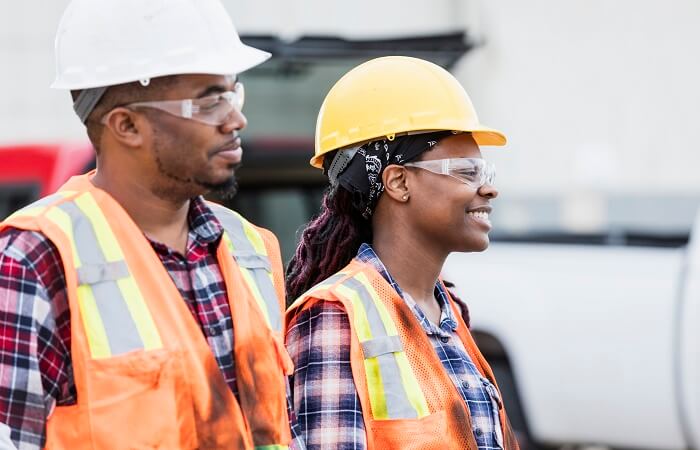Facing Safe Re-Opening – A Leader’s Perspective
To sustain economic recovery, safety must be front and center.
To sustain economic recovery, safety must be front and center.

As we wind down National Safety Month, states continue lifting shelter-in-place orders and other restrictions to support economic recovery. Millions have headed back to work and traditional work locations this month, and people are eager to regain a sense of normal during unprecedented times.
Keeping employees safe during normal operations is one thing, but keeping employees safe during a time of social upheaval and COVID-19 is quite another. There are no easy answers as we unpack how we can get our work done and get back to work safely. In addition, business leaders must examine how we are going to address the very real stress, anxiety and mental health challenges that our employees are experiencing as a result of the pandemic and racial injustice issues, made all too clear to us in past weeks.
There’s no question that the decisions employers are facing today are more complex and have higher-stake outcomes than most anything we have had to deal in the past. While the drive to return to normal operations is understandable, I urge business leaders to ask "why" they are bringing people back to a work location, especially if remote operations have been effective, then determine "when." Employers need to make a case for why employees are being asked to return. To sustain our economic recovery, safety must be front and center.
This means being cognizant of and responding appropriately to all the various risks our employees are facing right now, which include physical as well as psychological safety. For employers who had to significantly change their business or put their operations on hold, ensuring physical operations are clean and ready is a challenge. Traditional safety issues are not going away – and employees may need additional training or re-training after a long absence or change in operations. Businesses may have to consider how employees get to work in a safe manner when traditional public transportation presents new risks.
Addressing the rising mental health and stress challenges has also become a top concern for all employers. Substance use issues tend to be exacerbated during times of external stressors. Distraction and fatigue are underlying causes of workplace incidents in the best of times and are likely to be even more prevalent now. Employers have an important role to play in supporting employees and helping them get the support they need so they are able to return to work and safely focus on the job at hand.
This is just the start. Working with Fortune-500 companies and other experts we have developed playbooks for employers to help them navigate these challenges and protect employees through a safe recovery. SAFER provides a wealth of information and tools that may be particularly helpful for small and medium size businesses without robust safety staff or programs. For those who may be unsure where to focus COVID-19 safety efforts, a free Organizational Vulnerability Assessment can provide some tailored recommendations. This tool also allows organizations to examine specific risk factors for COVID-19 transmission according to type of operation and associated risk factors, and then determine potential control measures.
As workers return to traditional work environments, we urge business leaders to ensure this happens in the safest way possible. Our long-term economic recovery depends on it. Working towards a safe reopening means there’s so much more we can and must do to ensure workers are available, healthy and safe, from the workplace to anyplace.
With a century-long legacy, the National Safety Council is a global center for safety expertise. Let's work together to align resources. We look forward to learning about ways we can join efforts to expand safety everywhere!
There are no items in your cart